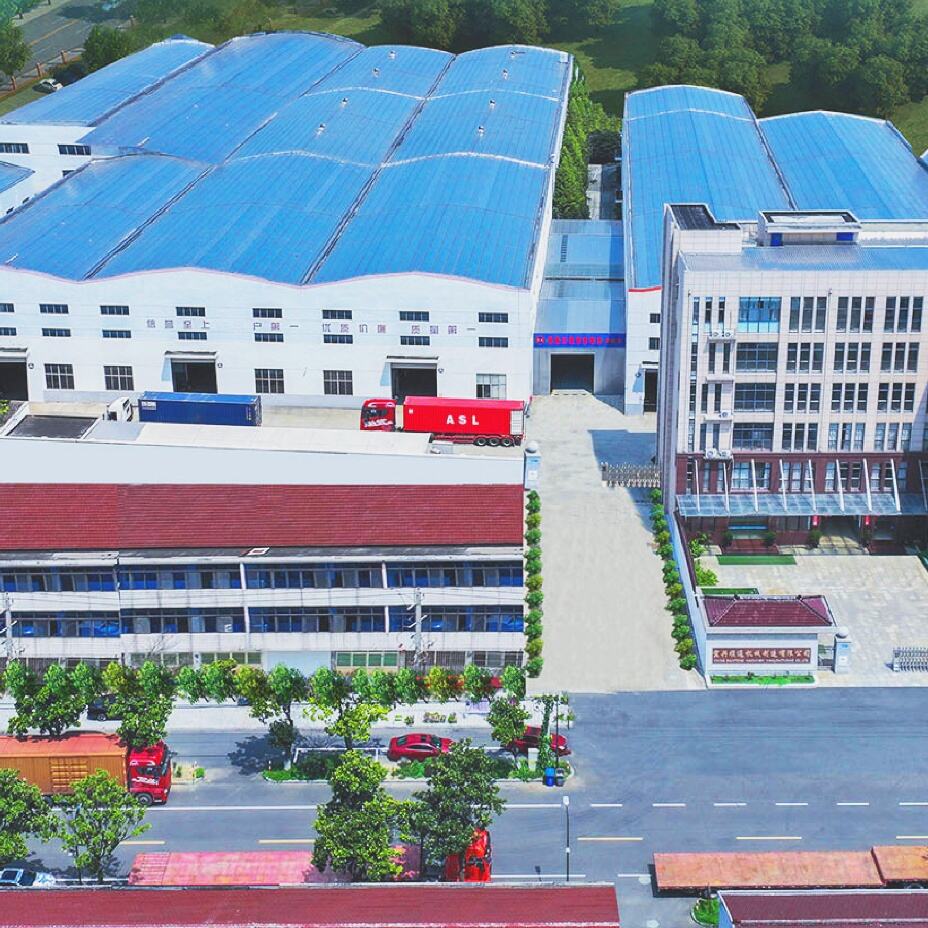Application Areas of Different Types of Wire Drawing Machines
Basic types like dry wire drawing machines and wet wire drawing machines are integral to traditional manufacturing, addressing high-volume, standard wire needs. Dry wire drawing machines use solid lubricants, making them ideal for processing low-carbon steel wires—they produce materials like construction reinforcement wires, fencing wires, and hardware components (e.g., nail wires, bolt blanks). Wet wire drawing machines, which rely on liquid lubricants to cool and smooth wires, excel at non-ferrous metals such as copper and aluminum. They supply wires for household electrical cables, low-voltage power lines, and basic automotive wiring, where consistent diameter and surface quality are critical for performance.
High-precision wire drawing machines, including micro-wire drawing machines and continuous wire drawing machines, cater to advanced tech and automotive sectors. Micro-wire drawing machines can produce wires as thin as 0.005mm, making them indispensable for electronics manufacturing—they supply ultra-fine copper wires for printed circuit boards (PCBs), microchips, and smartphone charging ports. Continuous wire drawing machines, with integrated multi-die systems, enable efficient mass production of precision wires for the automotive industry, especially electric vehicles (EVs). They produce thin-gauge wires for EV battery tabs, motor windings, and sensors, directly supporting the global shift to greener transportation.
Specialized types such as planetary wire drawing machines and multi-wire drawing machines serve niche, high-strength application areas. Planetary wire drawing machines handle thick, high-tensile wires (up to 30mm in diameter), making them vital for renewable energy and heavy infrastructure—they manufacture steel wires for wind turbine towers, solar panel support structures, and high-voltage power grid cables. Multi-wire drawing machines, which draw multiple wires at once, thrive in aerospace and medical fields. They efficiently produce multi-strand stainless steel wires for aircraft control cables, surgical sutures, and orthopedic implants, where both production speed and material integrity (e.g., corrosion resistance, biocompatibility) are non-negotiable.

